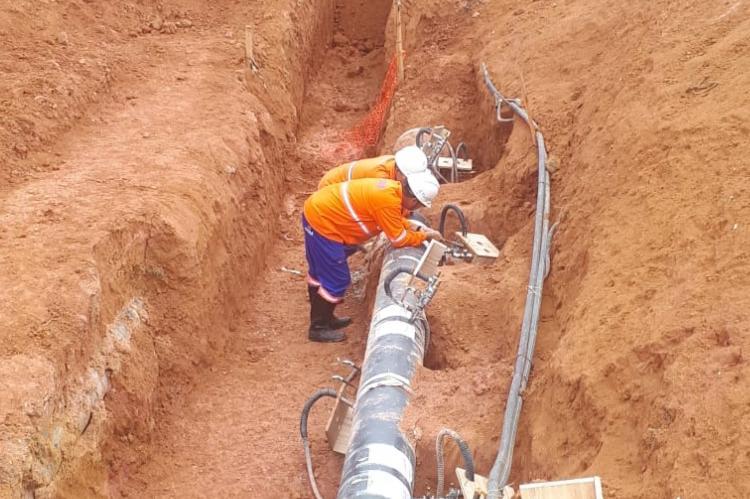Overcoming Challenges In Performance Validation Of Fiber-Optic Pipeline Leak Detection Systems

External Leak Detection systems based on distributed fiber optic sensors (DFOS) o ffer the exciting potential to significantly reduce the overall amount of spilled product before a l eak is detected and localized. As an external system, the validation of system performance and equally the verification of an operational installed system is a known challenge since, unlike in a conventional system, leaks cannot easily be simulated. As an example, the detection of a negative pressure pulse – a key detection mode for a Rayleigh based system requires test facilities >500m extent with leaks created at operational pressure in a full-bore pipeline. As a result, industrial focus has traditionally been deployed on lower level research-oriented test data rather than full scale validation.
OptaSense® have worked with the industry test facility CTDUT in Brazil to establish a unique test bed where realistic pipeline leaks can be created in full flow conditions. The results from this have been used to val idate a realistic performance basis of small 15 lpm l eaks detected via their negative pressure pulse in ~10 seconds and larg er 150 lpm leaks detected by multiple modes in ~1 minute. Valid automated detection of NPP was observed down t o 1mm holes in the pipe – a leak rate of only 1.5 lp m. The use of the negative p ressure pulse is shown as a compelling detection method but needs care to deploy in testing since the use of a valve to create a pulse is shown to be inferior in comparison to burst disks due to the increased valve-opening time that gives rise to a reduced amplitude pressure pulse. This paper argues for the necessity of large-scale validation approaches to performance bound acoustic-based leak detection systems and presents established options for in-field verification on customer owned systems.

